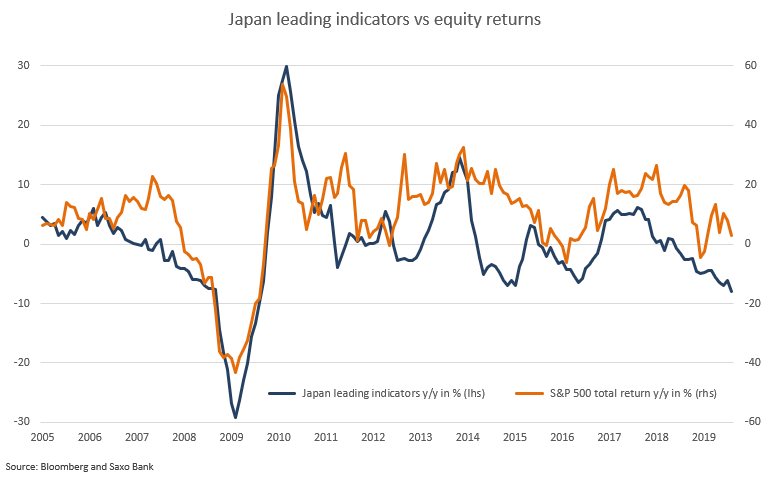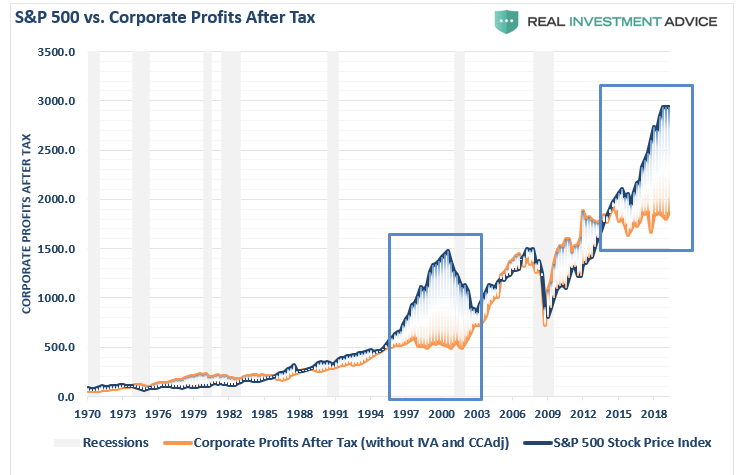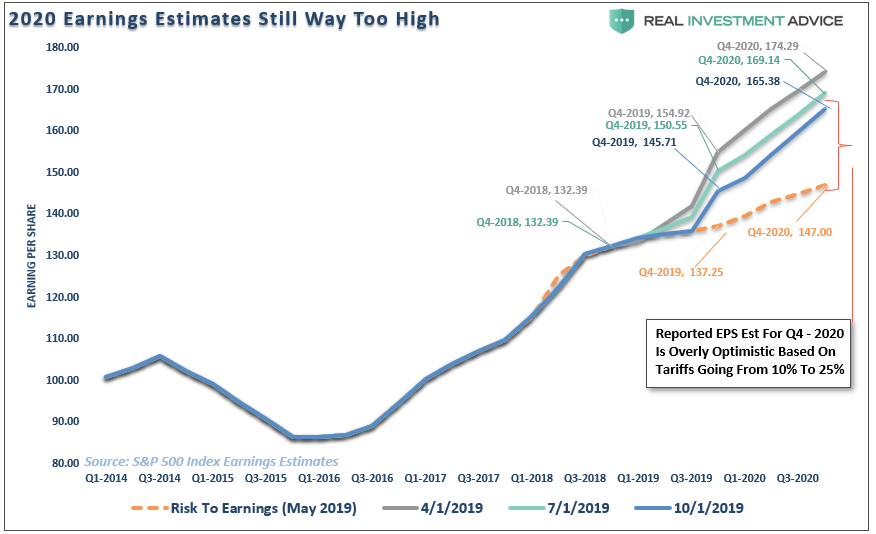Summary: The years leading up to the 2000 stock market
bubble were extraordinary and unprecedented. They caused unique pain to the
portfolios of valuation-driven investors. The valuation extremes, though,
created the greatest opportunity set for valuation-driven investors since the
Great Depression. While the events of the last decade have not been as striking
as those of the late 1990s, the recent cycle has gone on for significantly
longer and the pain caused to our portfolios has begun to approach 1990’s
levels. As the current cycle has ground on slowly but surely, the valuation
extremes have moved wider, creating an opportunity set for valuation-driven
investors that looks as extraordinary as what we saw 20 years ago.
As the financial markets enter what I expect to be a
rather disruptive completion to the recent speculative half-cycle, it will be
helpful for investors to consider certain propositions that are readily
available from history, rather than insisting on re-learning them the hard way.
Employment data is the last to know
Proposition: Risk-sensitive assets and confidence measures
generally precede economic shifts; production, consumption and income measures
are coincident with broad economic activity; and labor market measures lag the
economy. The unemployment rate is the single most lagging economic indicator
available.
….
Market losses precede recession recognition, not the other way around
Proposition: By the time a U.S. recession begins, stocks have
typically been in a bear market for months. Indeed, by the time a recession is
widely accepted, a great deal of bear market damage has typically already been
done.
…
Low interest rates aren’t your friends
Proposition: Low interest rates don’t “justify” elevated stock
market valuations. Rather, the combination of low interest rates and high
valuations simply implies that both stocks and bonds are priced to produce
similarly low future returns.
..
The present level of overvaluation may be even worse than it looks
Proposition: If interest rates are low because nominal growth
rates are also low, those low interest rates don’t “justify” elevated
valuations at all. The low growth rate itself is sufficient to produce low
returns, without any change in price. In this situation, elevated valuations
simply penalize returns twice.
...
As manufacturing plummets to the weakest levels since
September 2009 and new export orders collapse, the US railroad industry has jus
seen carload volumes tumble to three-year lows… The manufacturing recession is
more widespread than the mid-cycle slowdowns in 2012 and 2015/16. The slowdown
has been concentrated in manufacturing for well over a year, driven by a
downturn in business investments in 2019. The rail slowdown is a direct result
of a manufacturing recession... last week.. indication that the downturn has
spilled over into service sector output and employment.
The Disconnect Between Equities And Macro Grows Wider

IMF WEO: The International Monetary Fund made a fifth-straight cut to its 2019 global growth forecast, citing a broad deceleration across the world’s largest economies as trade tensions undermine the expansion.


Contrarian Thoughts
Mark Carney also told the Guardian it was possible
that the global transition needed to tackle the climate crisis could result in
an abrupt financial collapse. He said the longer action to reverse emissions
was delayed, the more the risk of collapse would grow.
Here’s the basic proposition of capitalism: if
something can be done for a profit, then it creates more value than the sum its
of inputs. But here’s the thing: that’s an unproven assertion. In fact, in many
cases, it is not true. Worse, over the not very long run (a couple hundred
years) it is almost certainly false.
The Tyranny of
Economists. How can they be so wrong, so often, and yet still exert so much
influence on government policy?